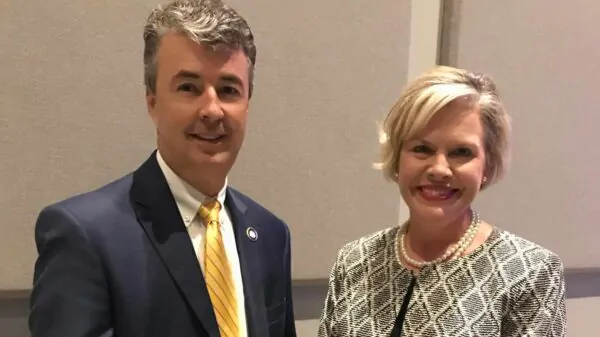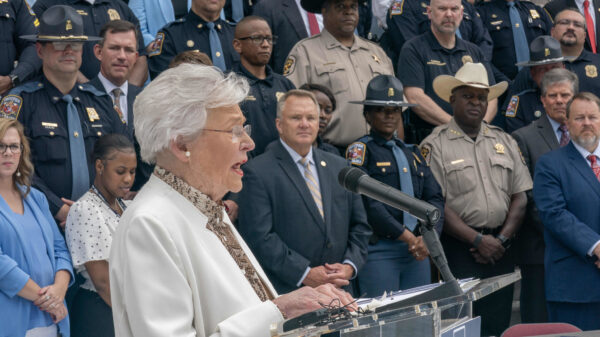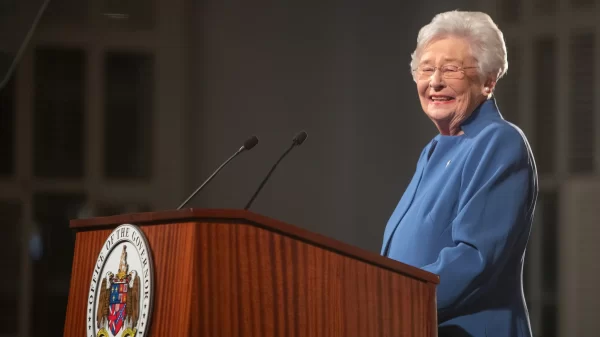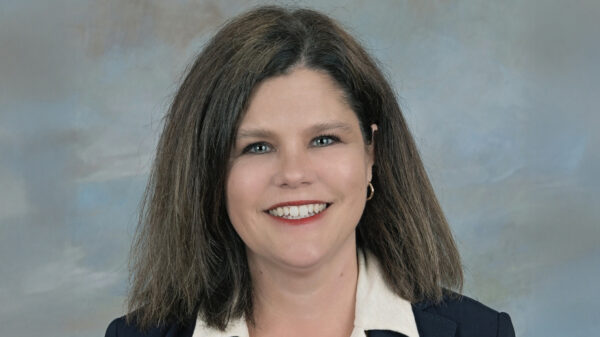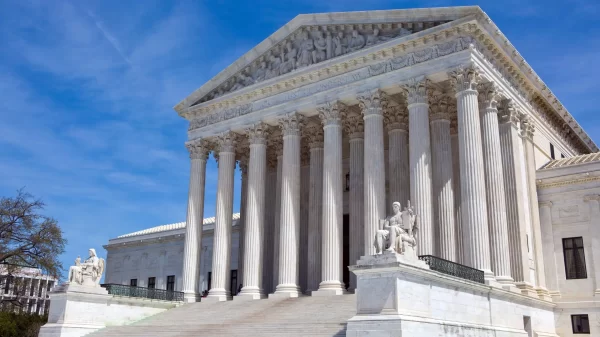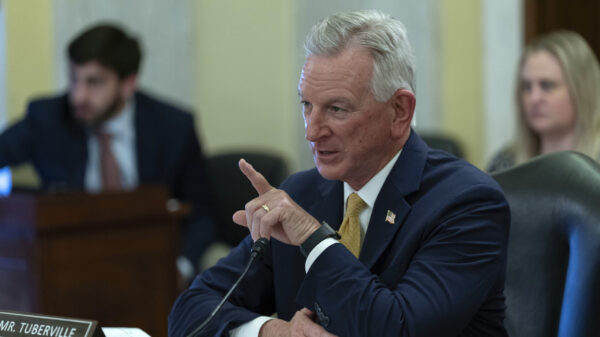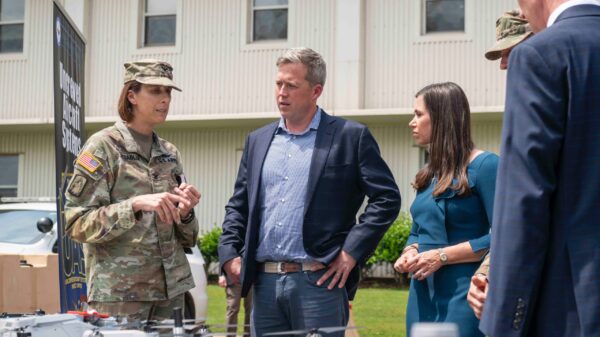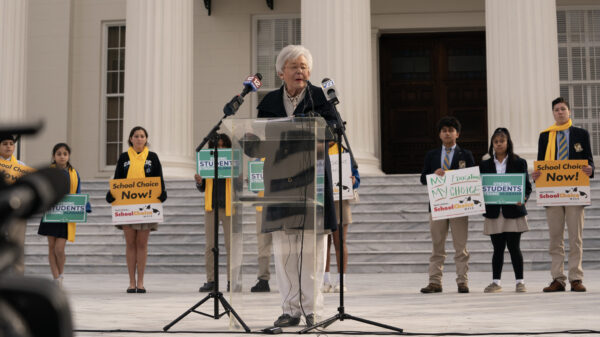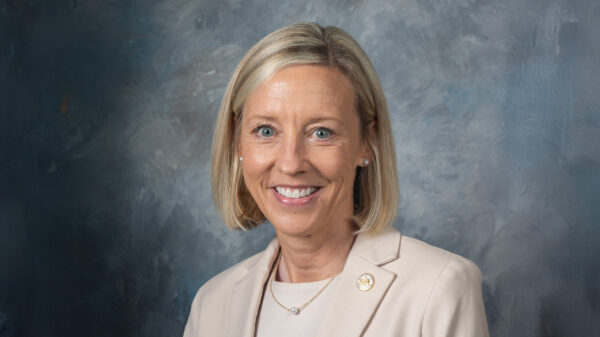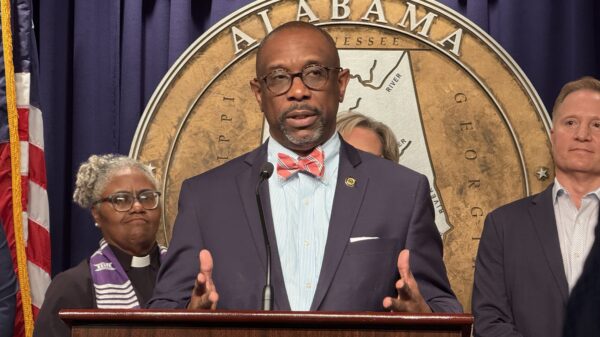By Brandon Moseley
Alabama Political Reporter
Medicaid is a shared cost state and federal program designed to assist the poorest among us with their healthcare costs. However, as the economy has deteriorated more and more Alabama citizens have turned to the program for their medical needs contributing to growing deficit spending by the federal government and straining the state of Alabama’s budget.
In remarks reported on the Alabama Medicaid website, Medicaid commissioner, R. Bob Mullins, Jr., has estimated that Alabama’s part of the Medicaid program will consume about 35.2 percent of the total 2012 general fund budget.
Representative Jim McClendon (R-Springville) and Chairman of the Alabama House of Representatives Health Committee says that early estimates show that the state likely will have a $100 million hole in the Alabama Medicaid budget for 2012. Rep. McClendon said that Alabama cannot make further cuts to the Medicaid program benefits because the state is already offering the minimum number of programs allowed by the federal government. Deeper cuts to the program could potentially result in the state losing federal matching funds which are roughly 80 percent of the actual costs of the program.
McClendon said that the state legislature was exploring other ways to find cost savings. Among those options being explored are contracting out care to a managed care company. Currently, Alabama Medicaid contracts with doctors and hospitals and pays the bills of Medicaid beneficiaries.
Commissioner Mullins does not think that private managed care will be necessary “we feel we can get the same savings with our programs that would be realized with a commercial managed care program.” Commissioner Mullins said that Alabama Medicaid has already started three pilot programs based on ideas used in the state of North Carolina.
McClendon said that educating beneficiaries to use prenatal care and regularly scheduled doctors visits instead of emergency rooms for care would also save the program money. He also said that there could be some savings found from pharmacies and from long-term-care facilities.
McClendon said that the state was also exploring the idea of combining the general fund and the education funds. “The growth funds are in the education fund.” McClendon explained that that is why that fund is growing while the general fund is still stagnant. Medicaid is not the only problem in the general fund “the prison system is at 190 percent capacity. Very few states operate like we do with two separate funds.” Rep McClendon acknowledged that there would be “a lot of resistance.”
Long term, the issue that overshadows this year’s budget is the massive expansion of Medicaid eligibility ordered in the Affordable Care Act of 2010, popularly known better as ‘Obamacare.’ Commissioner Mullins said it “is estimated that we will require about 92 percent of the General Fund Budget by FY 2020 and that cannot happen,” he emphasized. “Second, because of our economy and the Affordable Care Act, we anticipate an increase of around 500,000 new enrollees in Medicaid by 2014.” Commissioner Mullins said that Medicaid will need another 1,000 primary-care doctors to meet that level of demand.
Rep. McClendon says that the federally-ordered Medicaid expansion in 2014 would be “a doomsday scenario. Every penny in the general fund will go to Medicaid. We can’t let that happen. We are about maxed out today. We have no way of paying for that under the current tax structure.McClendon states, “The Act, which the state of Alabama is currently suing to block in federal courts, could well be overturned by the Federal courts. That would take a lot of immediate pressure off of the legislature, but future funding will remain a challenge.”
According to statistics in Alabama Medicaid’s 2010 report, Alabama has a total population of 4,838,236. Of those, 1,026,429 (21.2 percent) are Medicaid eligible.
Alabama has 1,356,124 children. Of those, 589,894 (43.5 percent) are Medicaid eligible.
Some 45 percent of Medicare eligible Alabama residents are Black, 45.6 percent are white, and 5.4 percent are Hispanic.
The county with the highest percentage of Medicaid eligible residents is Wilcox with 43.4 percent.
Shelby County has the lowest percentage of Medicaid eligible residents with just 7.7 percent.
Alabama Medicaid had a 2010 total budget of $5,394,338,268.
Of which, $3,957,178,091 came from the federal government and the remaining $1,437,160,177 came from the State of Alabama.






